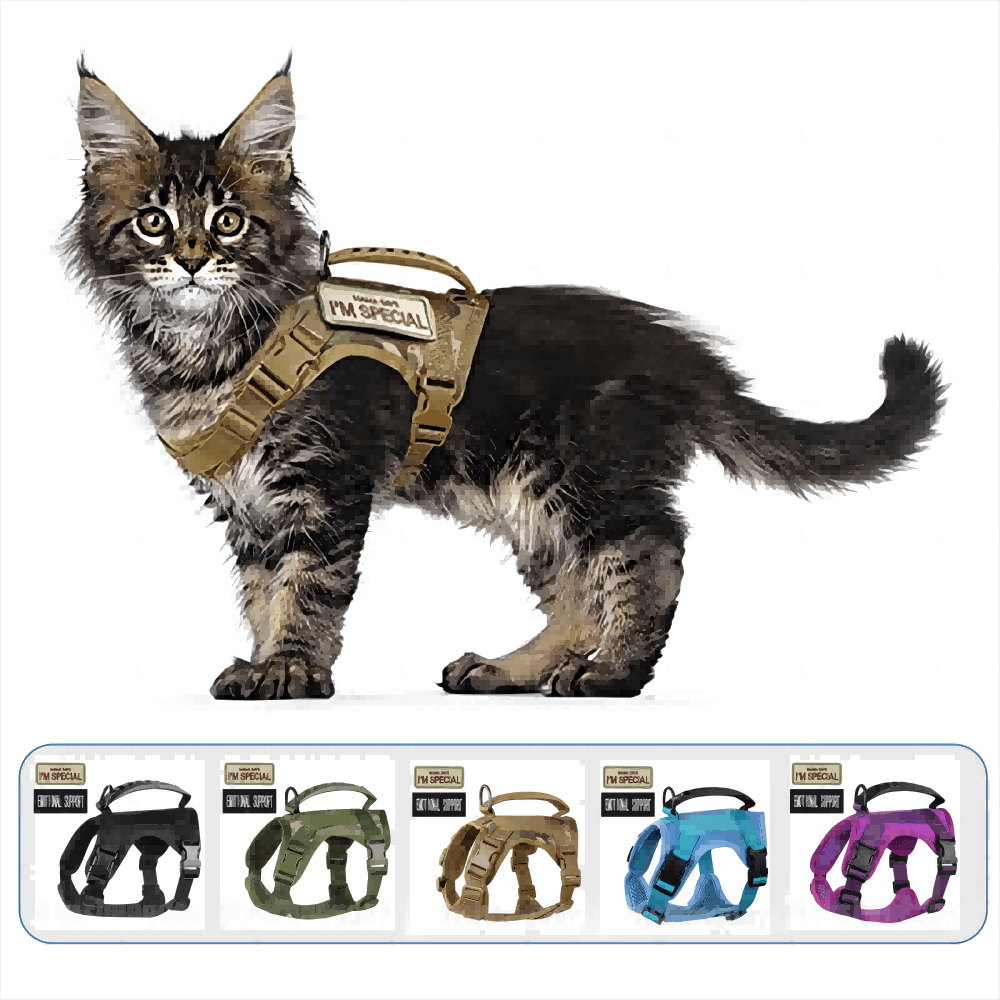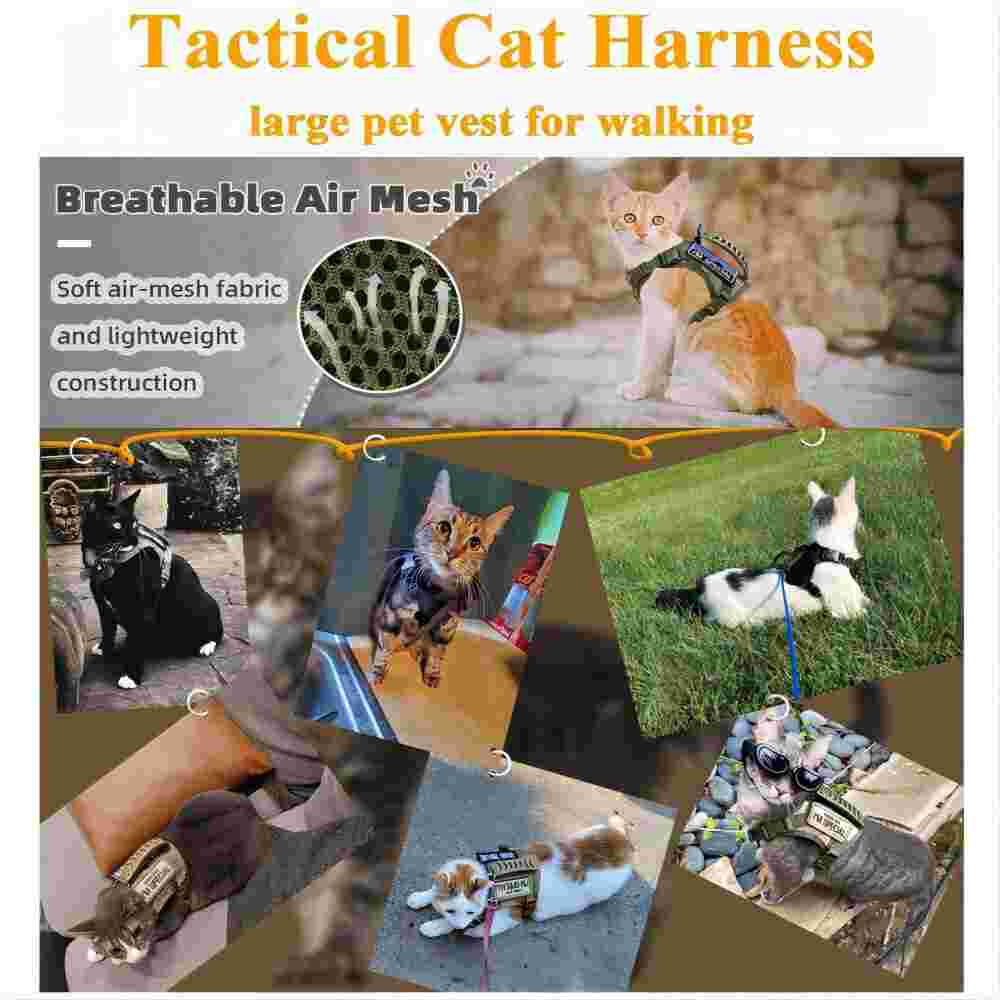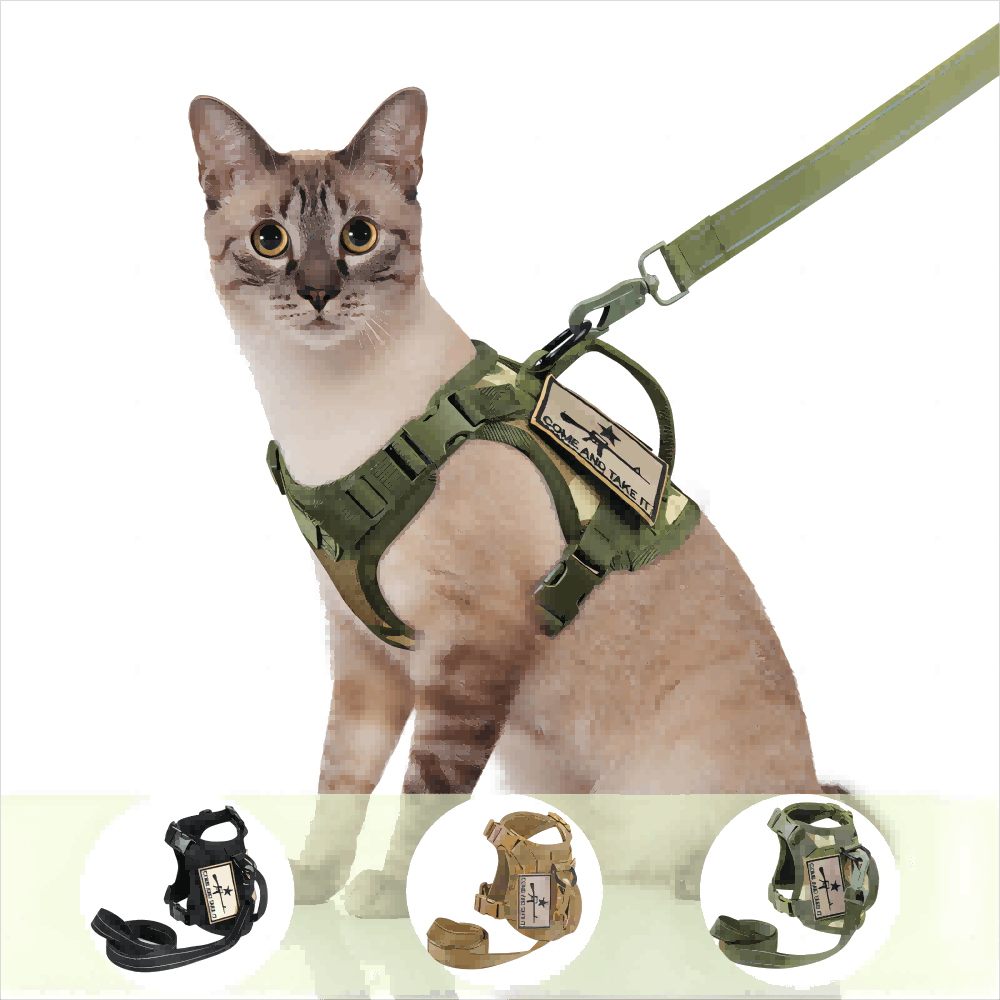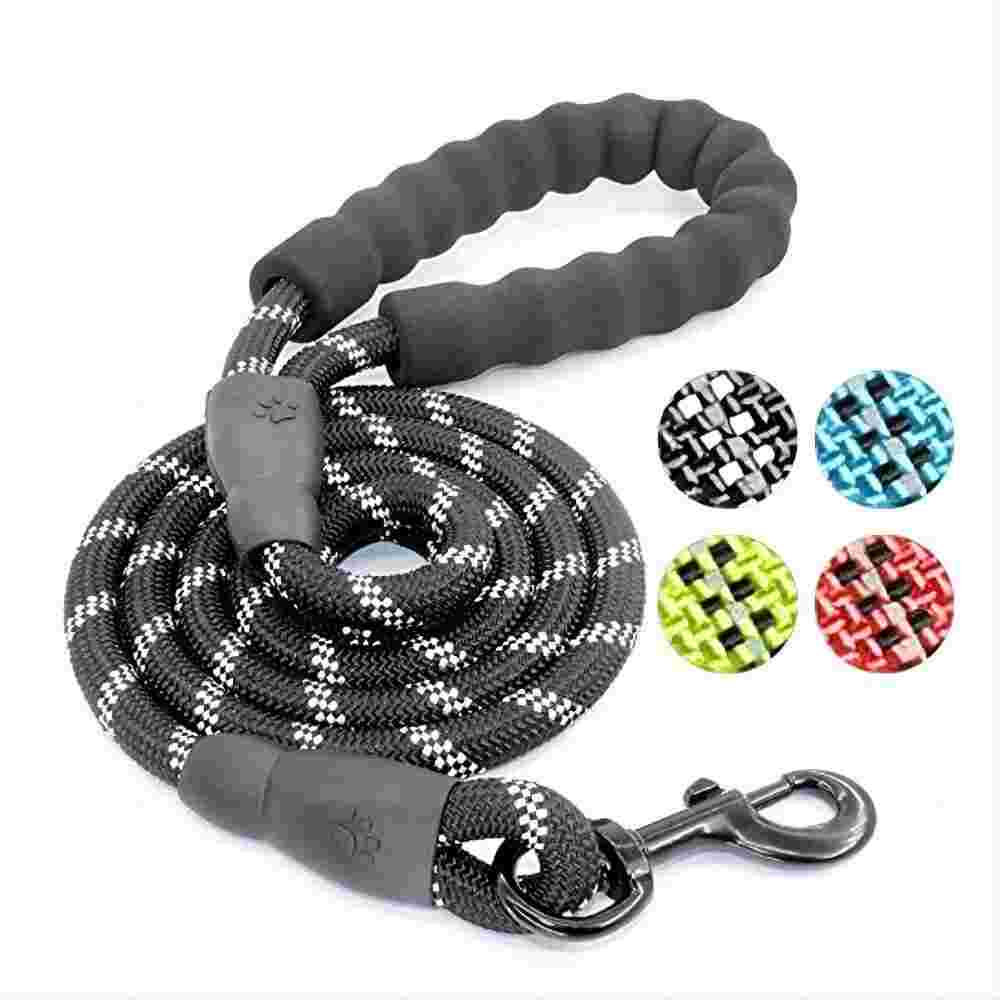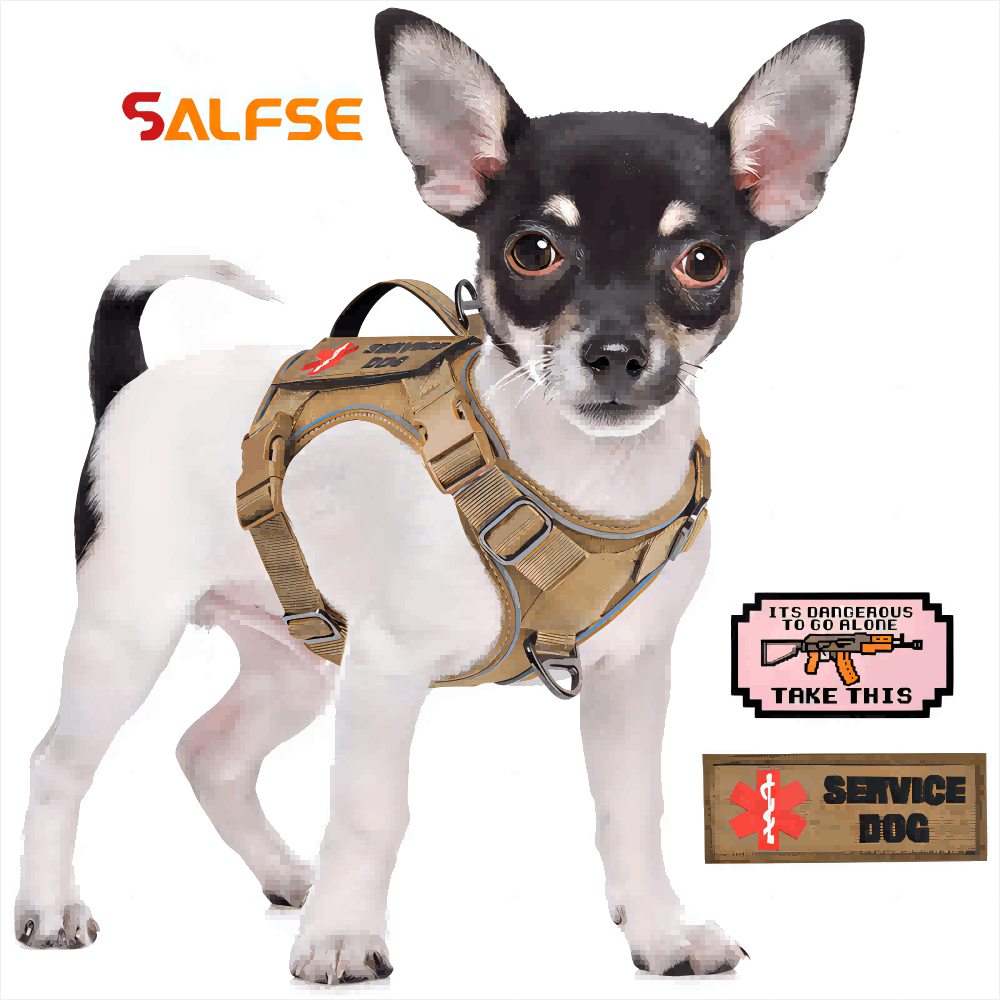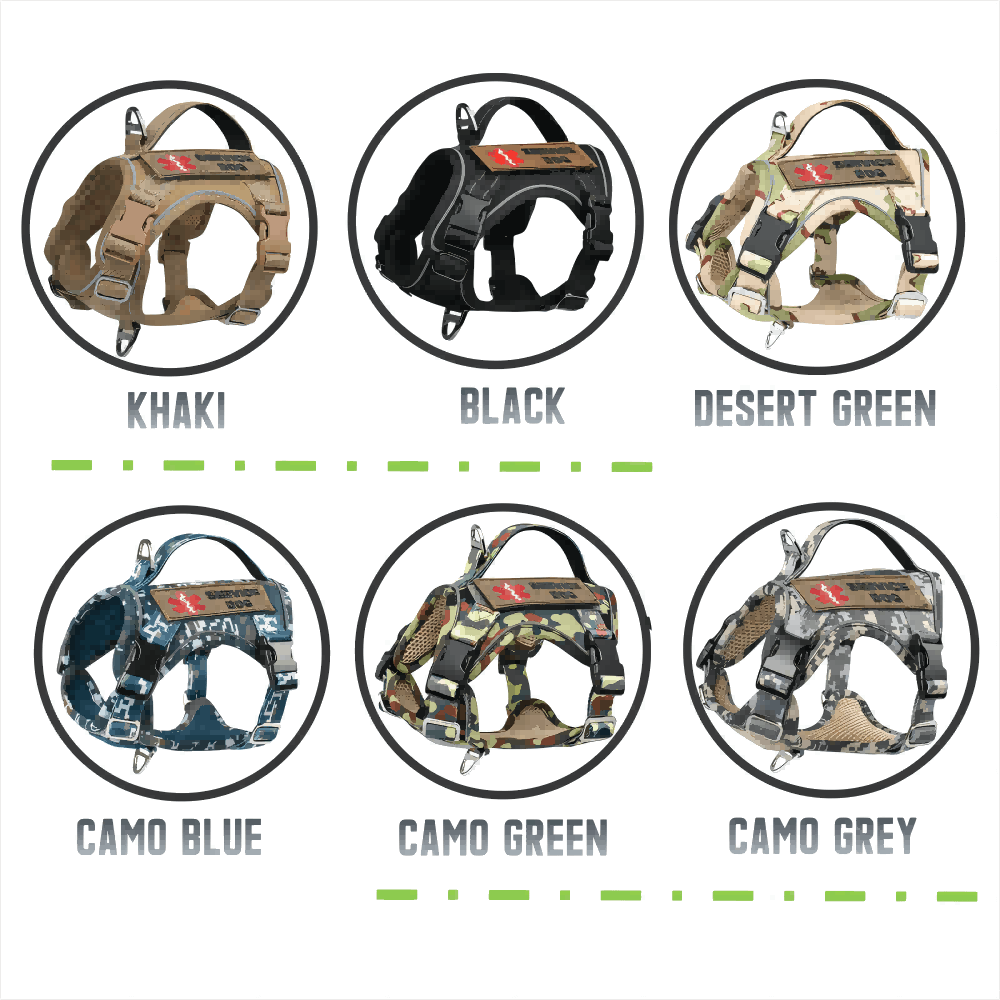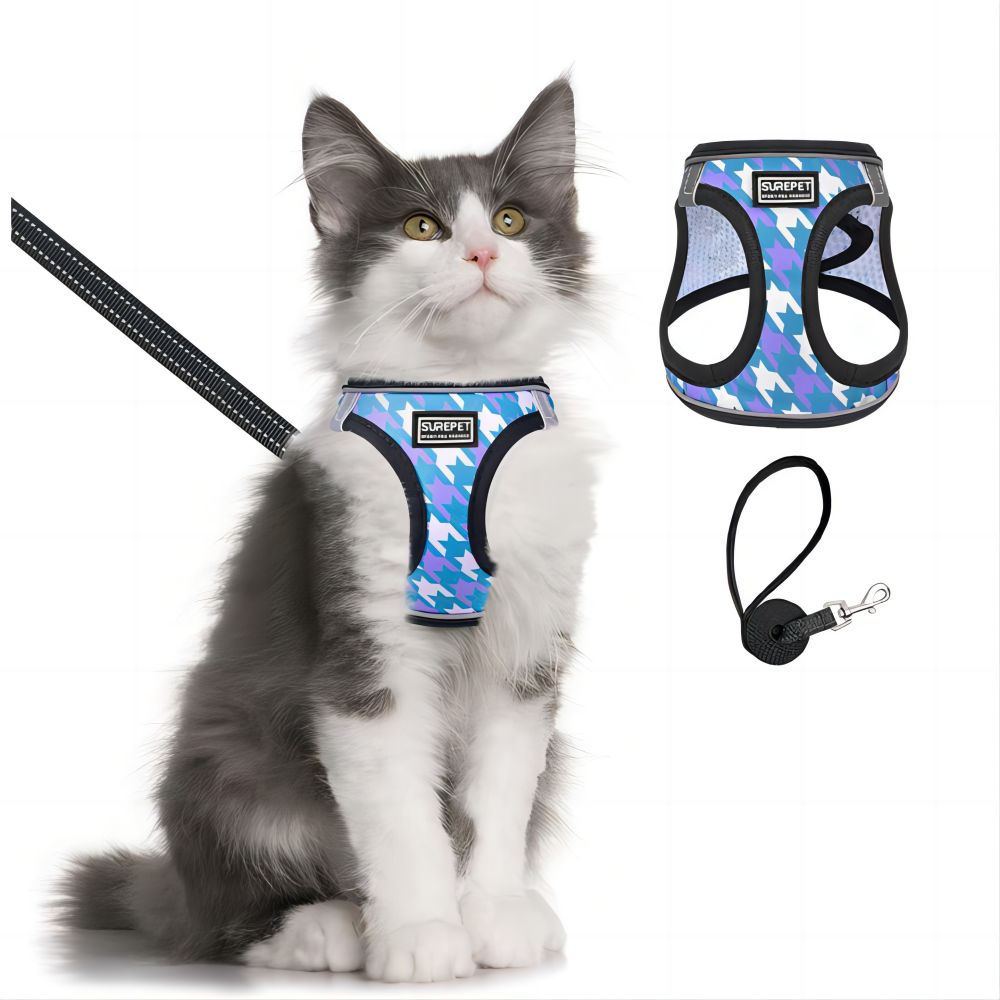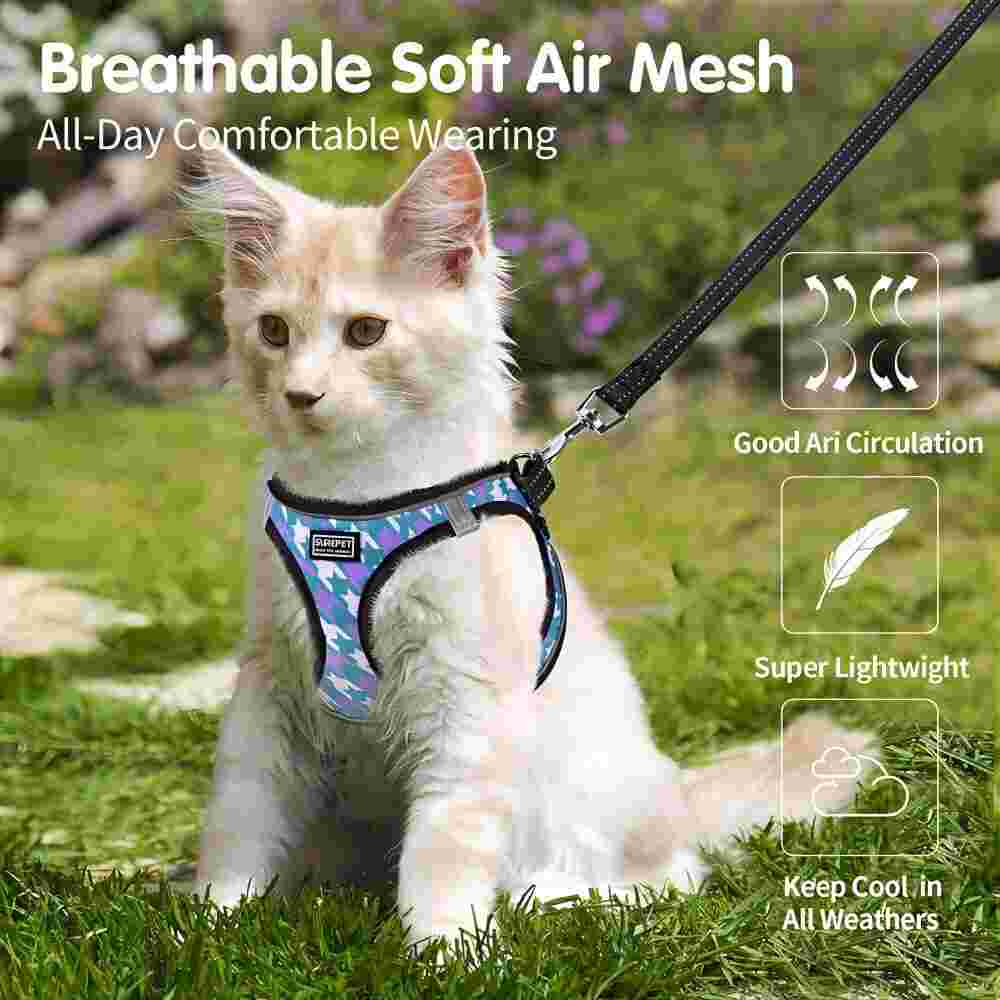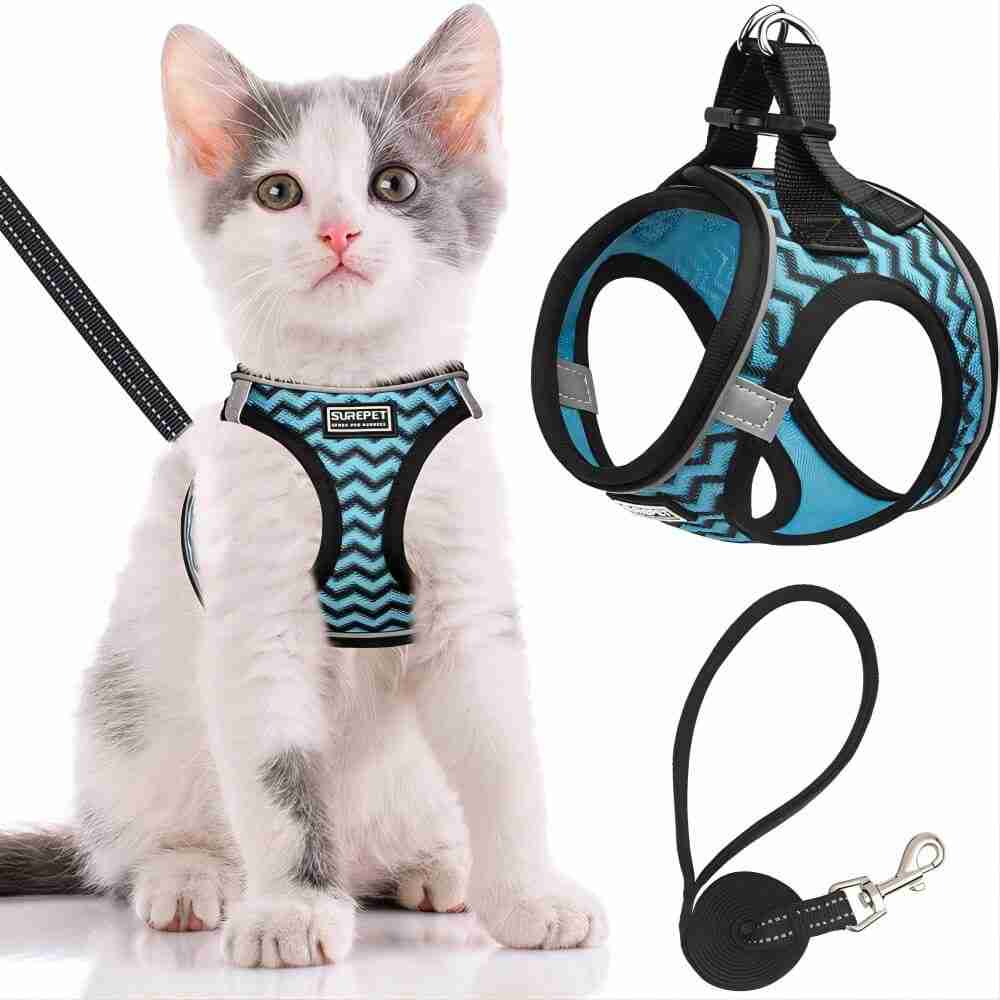1.Let the dog see the cage as a safe haven: It is important that the dog has no fear of the cage, but sees it as a safe and comfortable place, similar to the concept of a den.
2.Use the cage at the right time: Putting the dog in a cage is an effective restraint method in specific scenarios, such as when guests come to the house or when the dog needs to be kept quiet.
3.Start training from puppyhood: It is best to start cage training from puppyhood, so that dogs can adapt more easily and can continue to abide by the training principles after adulthood.
4.Let the cage become the dog’s comfortable nest: In the early stage of training, place the cage in the area with frequent family activities, put soft blankets and toys that the dog likes, so that the dog will regard the cage as a part of itself.
Below we will explain in detail the specific steps of this dog training method

If there are guests in the house, we don’t want the dog to be too active outside, or maybe the guests don’t like dogs, then we need the dog to stay in the crate and keep quiet. The performance of the dog depends on the training of the owner. Therefore, it is also necessary for the dog to learn to stay in the cage obediently.
The most important thing about cage training is not to let the dog feel afraid of the cage. On the contrary, let the dog think that the cage is like a “nest”, a place where it can be protected and given a sense of security, and then training can proceed smoothly.
1.You may think that keeping a dog in a cage for hours is cruel, but dogs are burrowing animals. So dog crates are less depressing for them than they are for us. And, in fact, dogs who are used to living in crates will use the crate as their safe haven. Putting your dog in a crate is the best way to restrain your dog when you’re not home.
There are many dog owners who keep their dogs in cages when they are sleeping or going out.
2.Although adult dogs can also be trained in cages, it is best to start with puppies. Of course, if your puppy is a giant dog, you must use a large cage for training. Dogs will not defecate in sleeping or resting places, so the dog cage should not be too large.
If the dog’s crate is too big, the dog may pee in the furthest corner because it has a lot of room.
3.Make the cage a safe place for the dog. Don’t lock the dog in the cage alone for the first time. You want the crate to make a good impression on your dog. Place the crate in a crowded part of your home so that your dog feels like the crate is part of the home rather than an isolated place, and place a soft blanket and some favorite toys in the crate.

4.This training is suitable for dogs when they are 2 to 5 months old. The difficulty of such training for adult dogs will increase relatively. The main method of training is induction. The owner can put the dog’s favorite food and toys in the cage during the meal time, or hold the dog into the cage. Do not force the dog into the cage.
5.After dressing up the cage, you have to start encouraging the dog to enter the cage. At the beginning, put some food at the door of the cage to guide it. Then put the food in the door of the dog cage so that it will stick its head into the cage. When it gradually adapts to the cage, put the food into the depth of the cage little by little; use the food to lure the dog into the cage repeatedly until it gets in without hesitation. When training the dog to enter the cage, you must be very happy to praise it it.
6.When the dog gets used to entering the cage, feed it directly in the cage, so that the dog will have a better impression of the cage; put the dog’s rice bowl in the cage, if it still shows anxiety, put the dog bowl in the cage By the door of the cage, when it gradually gets used to eating by the cage, put the bowl into the cage.
7.Do not close the cage door during training, and close the cage after the dog gets used to it. After the dog enters the cage, the owner still needs to move around the cage to let the dog know that the owner is around and reduce its anxiety.

8.After a long period of training, the dog will become more and more accustomed to the cage. At this point you can try closing the crate door, but it still takes time to get used to it. Close the dog door when the dog is eating, because at this time, it will concentrate on eating and it will not be easy to notice you. Close the dog door for a short period of time, and gradually increase the time for closing the door as the dog gradually adapts to the crate.
9.Training should be done step by step. The dog can come out to drink water 30 minutes after closing the cage at the beginning, and then continue training. The interval between drinking water can be gradually extended to 4 hours, that is, let the dog come out to drink water and defecate every 4 hours.
Finally, even if the owner does not guide, the dog is used to returning to the cage to rest.
10.Never reward a dog for howling. Small puppies may be pleasing to whine, but big dogs are annoying when they yell. If your dog keeps whining, it’s probably because you’ve kept him shut for too long. But be sure to wait until it stops whining before releasing it. Because you have to remember that you rewarded it’s last behavior forever.
Remember, don’t let your dog out until it stops whining. Next time you keep him in a cage, don’t keep him in it for so long. If your dog has been alone in the crate for a long time, comfort him in good time. If your dog cries, take the crate to your bedroom at bedtime. Help your dog fall asleep with a Didi Alarm or a white noise machine. But make sure your dog is clean before crating; keep the pup crate in your bedroom. This way you will know when it needs to come out in the middle of the night, otherwise you will force it to urinate and defecate in the cage.
(Take your dog out and let him wear a tactical dog harness, he’ll look really cool)

core points
Training your dog to stay in the crate is a beneficial and necessary training designed to develop self-control and adaptability in your dog. Here are some key takeaways and principles:
1.Proper guidance and rewards: During training, use positive guidance and well-timed rewards to reinforce the dog’s entry and stay behavior.
2.Gradually increase the difficulty of training: start training when the dog is a puppy, and gradually increase the time to close the cage door and the waiting time in the cage, so that the dog can gradually adapt.
3.Establish a positive association with the cage: let the dog see the cage as a safe and comfortable haven, and create a positive cage environment by placing soft blankets and toys that the dog likes.
4.Timely release and appeasement: At the beginning of training, the dog may show anxiety or howling behavior. At this time, the owner can appease the dog at an appropriate time, but do not release the dog immediately when it is howling, so as not to reward its howling behavior .
5.Individual differences and patience: Each dog has different learning progress and adaptability. The owner needs to train patiently according to individual differences and situations, and maintain consistency and persistence.
With the right training methods and step-by-step guidance, your dog will learn to stay in the crate obediently and see the crate as its own safe zone. Not only does this training help owners better manage their dog’s behavior, it also provides a safe and comfortable space for the dog to enhance self-control and adaptability. Remember, enough time and love is needed during the training process to establish a good training effect.

Questions and answers about crate training your dog
Q1: How to solve the problem of dog restlessness in the cage?
A: If the dog shows restless behavior in the cage, the owner should give comfort at the right time, let it out at the right time, and try training again later. At the same time, you can use DiDiDi’s alarm clock or white noise machine to help the dog fall asleep and increase its comfort in the cage.
Q2: Is it necessary to cooperate with the password to train the dog to enter the cage?
A: Yes, when training a dog to enter the cage, you can use commands such as the password “enter the cage” and cooperate with gestures or actions to help the dog understand the owner’s intentions. As the training progresses, the dog will gradually become familiar with the password and it will be easier to carry out the instructions of the owner.
Q3: Is it okay to keep a dog in a cage for a long time?
A: It is not recommended to keep dogs in cages for a long time, especially for puppies, as prolonged confinement may cause anxiety and discomfort. According to the dog’s age and individual differences, the cage time should be gradually extended, and at the same time, the dog should be given the opportunity to drink water and defecate in due course.
Q4: What should I do if the dog howls during training?
A: During the training process, if the dog howls, the owner should try not to reward the howling behavior. Wait for the dog to stop whining before releasing it, and comfort the dog at the right time. Note that rewarding your dog is always its last behavior, so wait until your dog stops whining before letting him out.
Q5: Do dogs need to be released in time after entering the cage?
A: At the beginning of training, you can leave the cage door open and let the dog come in and out freely, so that it can gradually establish a good impression of the cage. After the dog gets used to entering the cage, gradually close the cage door, but after closing the door, the owner still needs to move around, so that the dog can sense the owner’s presence and reduce its anxiety.
Previous section: How to train your dog to be patient and wait? -Dog training(17)
Next section: How to train a dog to defecate? -Dog training(19)

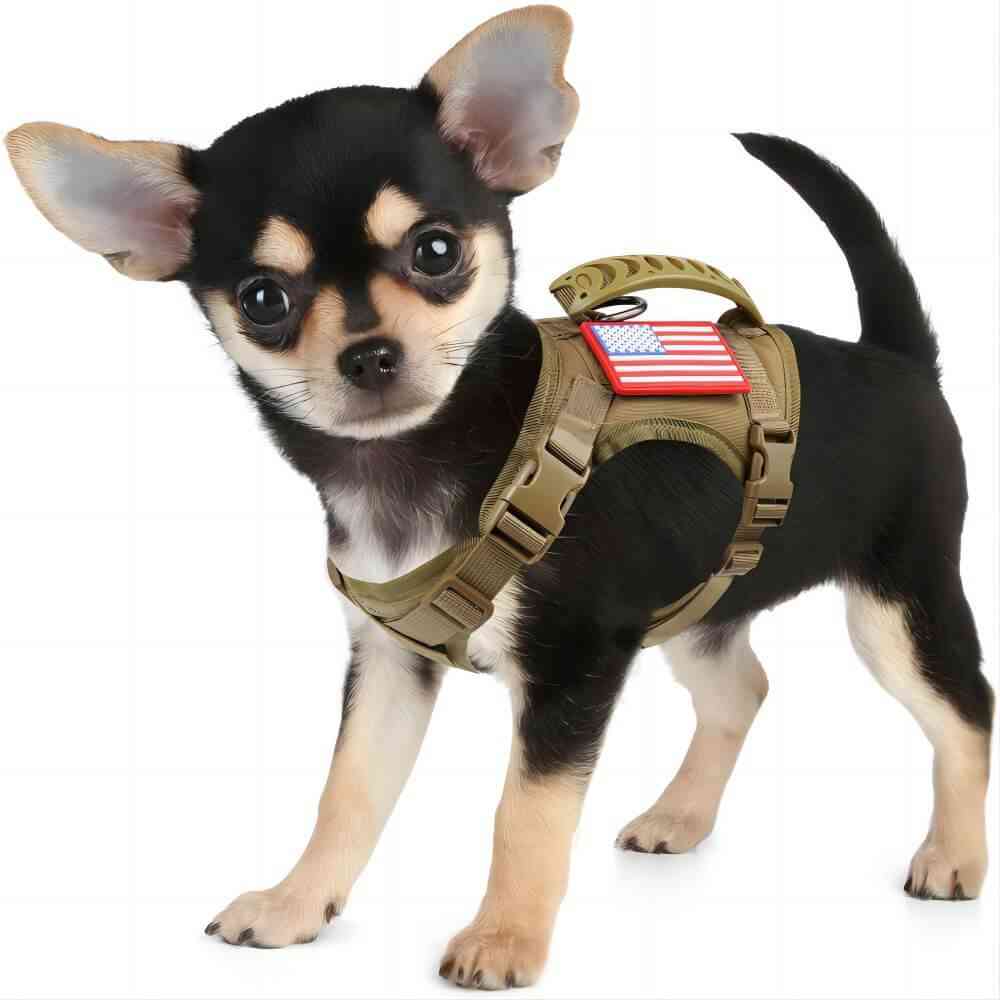

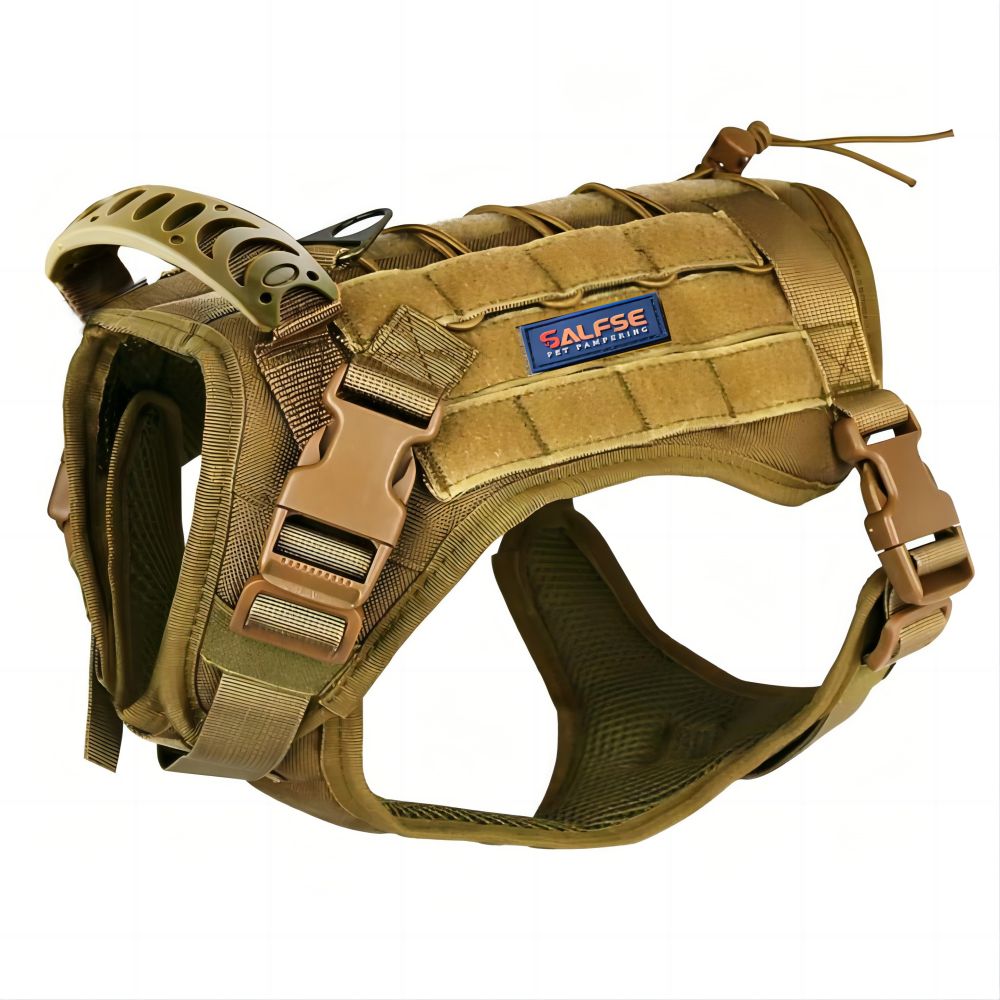
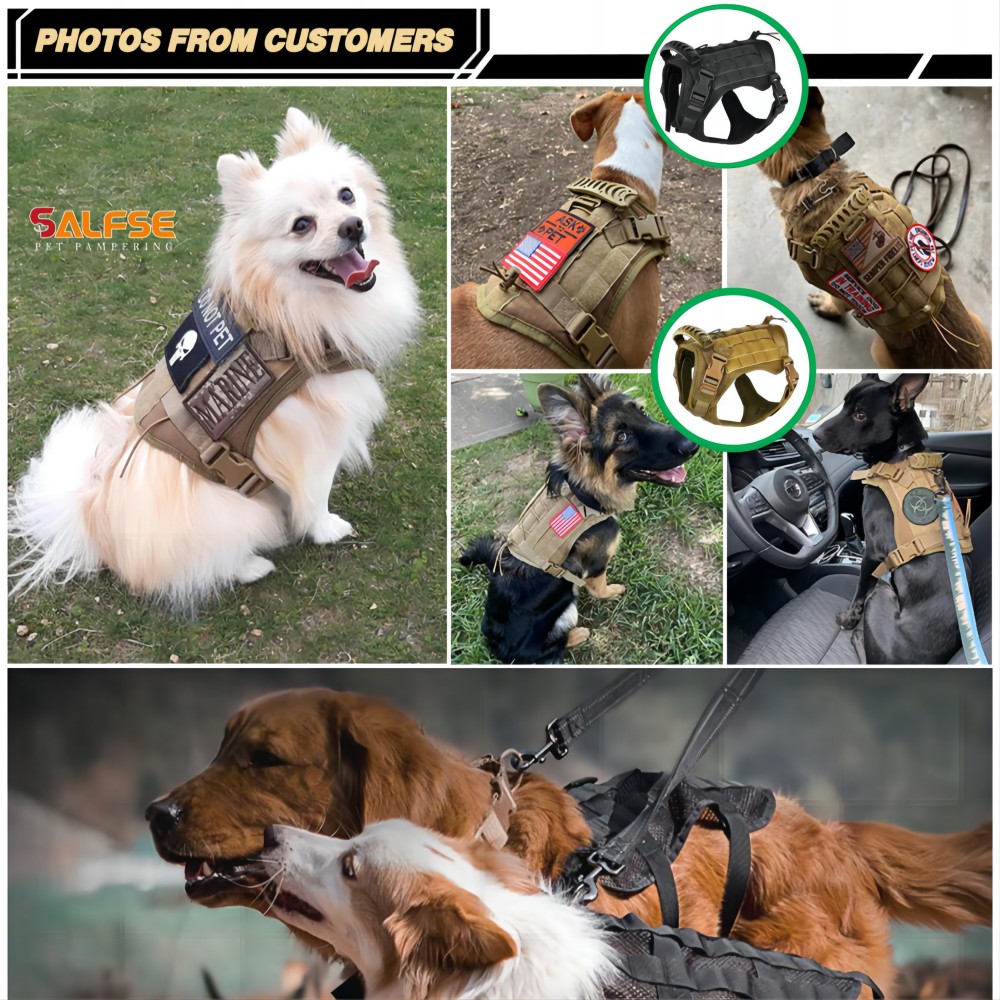
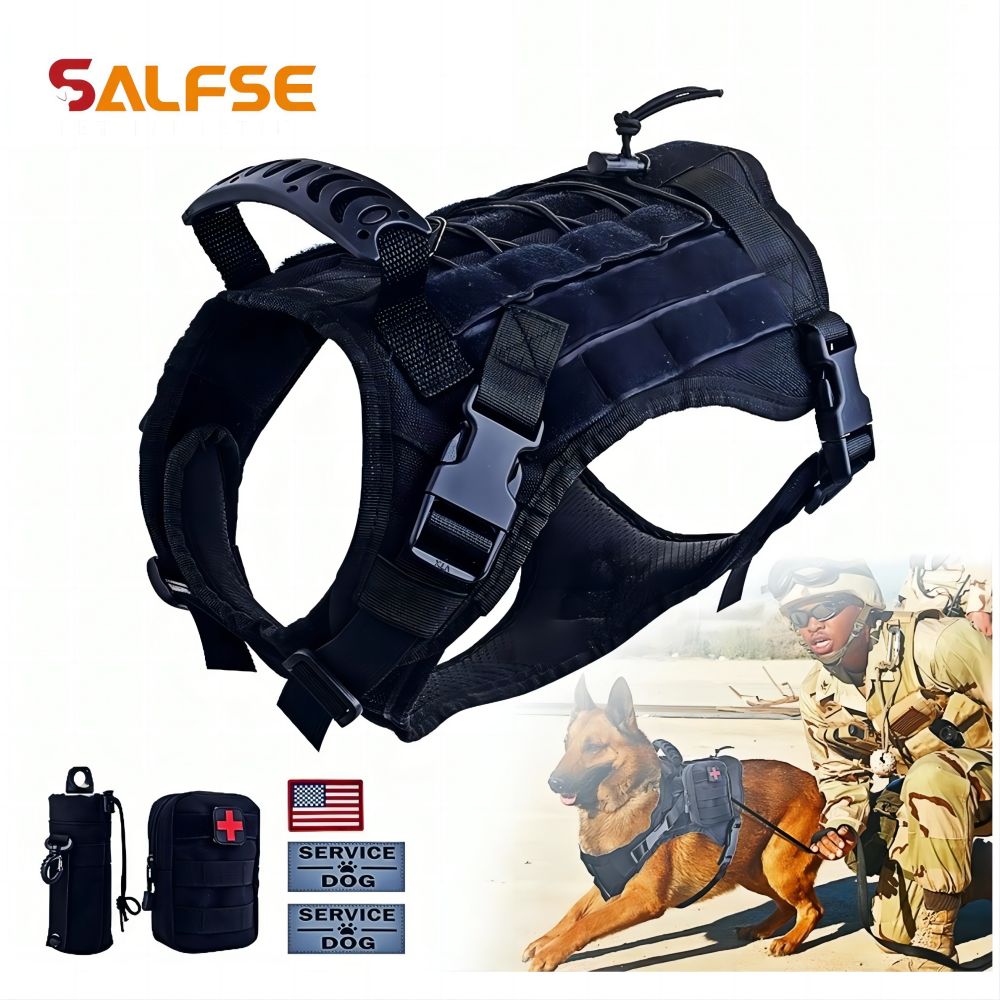
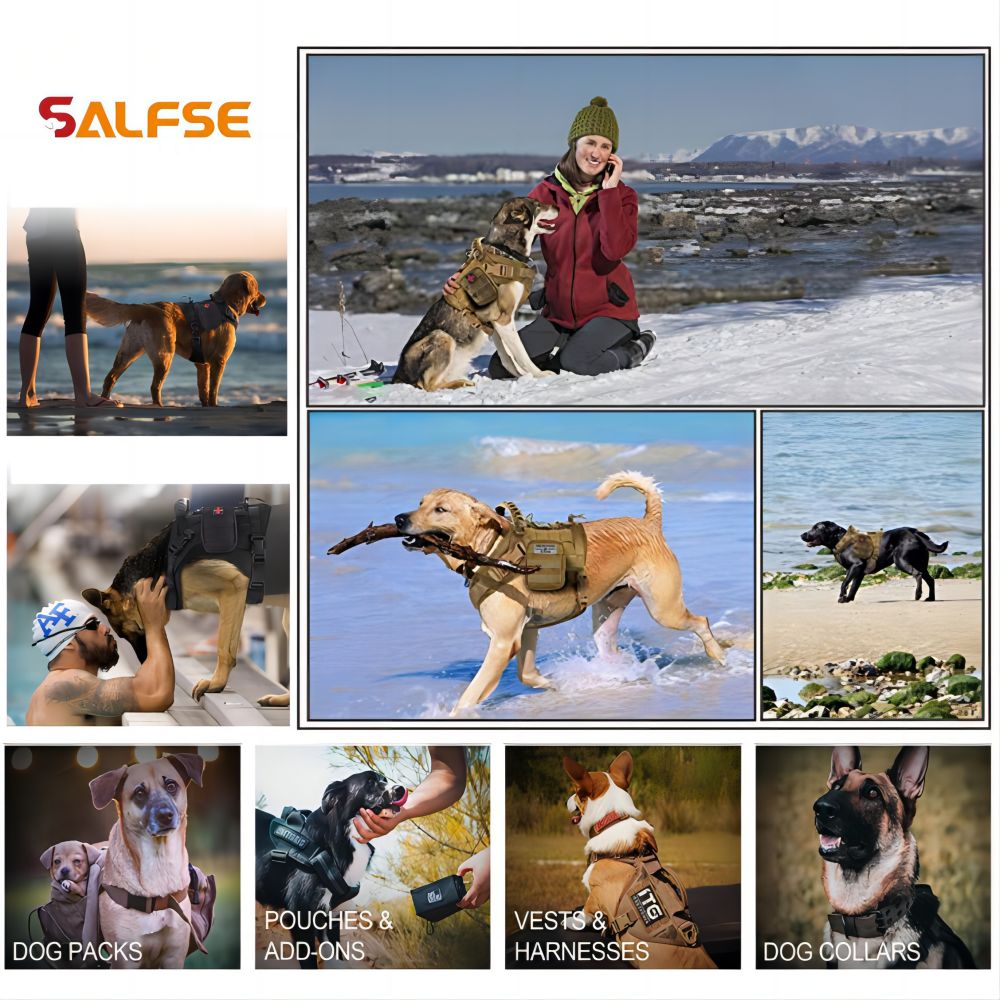

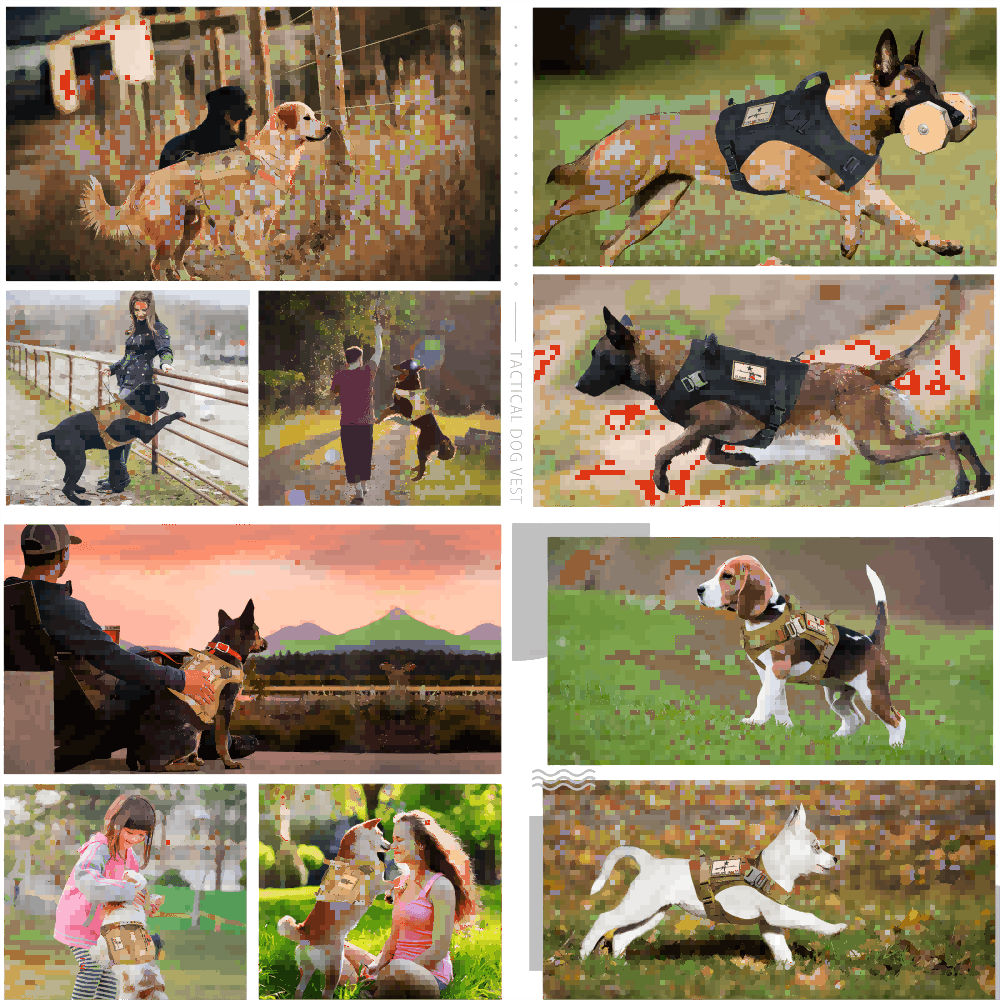
-1.png)



